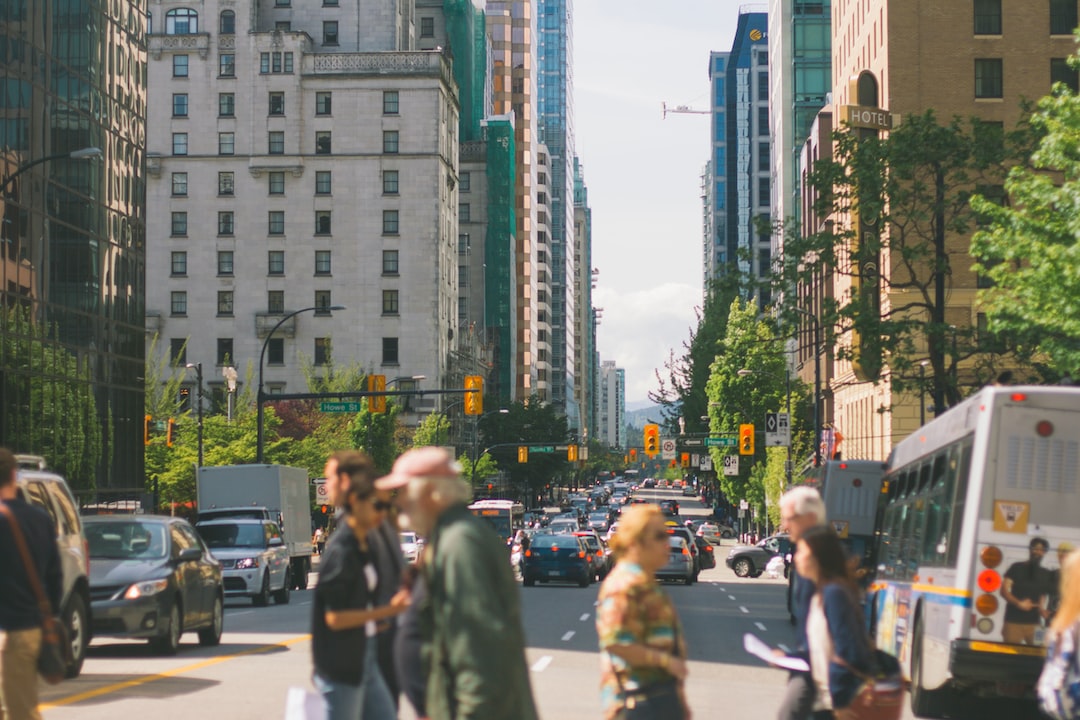Building Stronger Neighborhoods: Tips for Getting to Know Your Neighbors
In an increasingly interconnected world, it’s ironic how little we often know about the people living right next door. Building stronger neighborhoods is not only beneficial for our own happiness and safety, but it also contributes to the overall well-being of the community. As the saying goes, “Good fences make good neighbors.” However, it takes more than just physical boundaries to foster a sense of connectivity in our communities. Here are some simple tips for getting to know your neighbors and building stronger neighborhoods.
1. Introduce Yourself: The first step towards building a stronger neighborhood is to introduce yourself to your neighbors. Knock on their door, say hello, and make a friendly introduction. Remember, the more familiar faces we have in our community, the more comfortable we feel and the stronger our bonds become.
2. Organize Neighborhood Events: One of the most effective ways to strengthen bonds within a community is by organizing neighborhood events. Consider hosting a block party, a barbeque, or even a potluck dinner in a nearby park. These events provide an opportunity for neighbors to interact, share stories, and build relationships beyond mere acquaintance.
3. Participate in Neighborhood Associations: Many neighborhoods have associations or community groups that aim to promote civic engagement and establish stronger ties among residents. Attend meetings, get involved, and contribute your ideas and skills to help improve your neighborhood. These associations often organize various activities and projects that bring neighbors together.
4. Volunteer for Local Initiatives: Another way to get to know your neighbors and contribute positively to your community is by volunteering for local initiatives. Whether it’s cleaning up the neighborhood park, organizing a food drive, or participating in a community garden, volunteering helps build a sense of unity and shared responsibility. These activities provide opportunities to engage with neighbors who share common interests and concerns.
5. Start a Neighborhood Watch Program: Safety is an essential aspect of a strong neighborhood. Consider initiating a neighborhood watch program to foster a sense of security and promote vigilance among residents. By working together to keep an eye out for any suspicious activities, you not only create a safer environment but also build trust and solidarity with your neighbors.
6. Support Local Businesses: Strengthening your neighborhood doesn’t stop at building connections with residents. Supporting local businesses plays a crucial role in the overall development and vibrancy of your area. Visit the local shops, restaurants, and markets, and engage in conversations with the owners and other customers. This not only builds a sense of community but also supports the local economy.
7. Create Online Neighborhood Groups: In today’s digital age, online platforms can be powerful tools for building stronger neighborhoods. Create online groups on social media platforms or dedicated neighborhood websites to facilitate communication and information sharing among residents. These platforms can be used to share news, recommendations, organize events, and address common concerns.
8. Share Skills and Resources: We all have skills and resources that can be beneficial to our neighbors. Whether it’s lending a tool, offering your expertise in a specific field, or organizing a workshop to teach a particular skill, sharing these resources can go a long way in fostering a sense of belonging and interconnectedness within your neighborhood.
9. Be a Good Neighbor: Building stronger neighborhoods starts with being a good neighbor yourself. Practice good manners, help your neighbors when needed, and respect their boundaries. Small acts of kindness, like shoveling the snow off their sidewalk or checking in on their well-being, can go a long way in cultivating a sense of community and care.
10. Encourage Inclusivity: Lastly, remember that building a stronger neighborhood means being inclusive and welcoming to everyone. Embrace diversity and encourage interaction between neighbors from different backgrounds and cultures. Celebrate festivals together, organize cultural exchange events, and promote unity amidst the diversity of your community.
In conclusion, building stronger neighborhoods requires active effort from all residents. By introducing ourselves, organizing events, participating in community initiatives, supporting local businesses, and embracing inclusivity, we can create nurturing environments where neighbors feel connected, safe, and happy. It’s time to break down the barriers and build relationships that will strengthen the bonds of our neighborhoods for generations to come.
